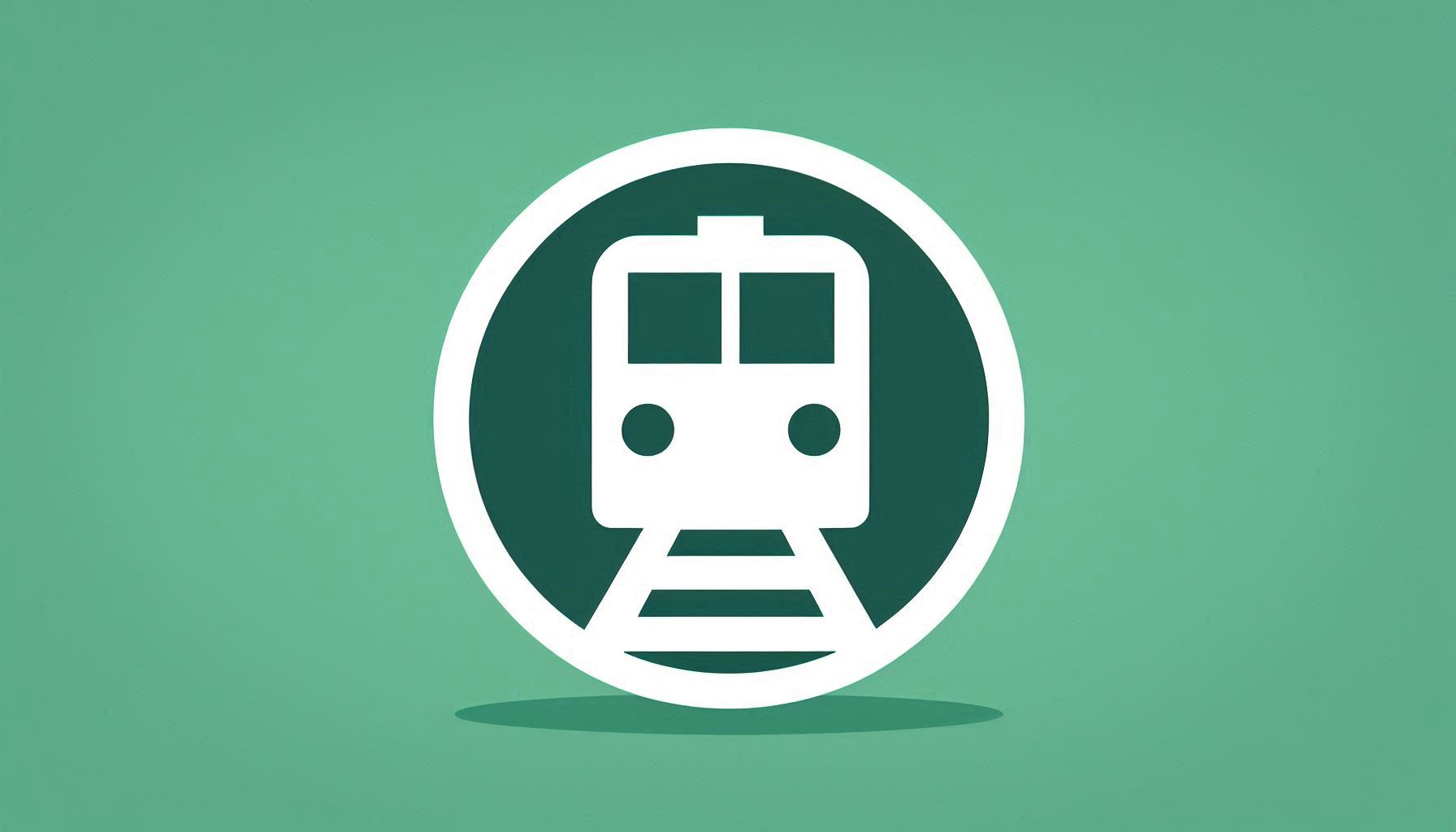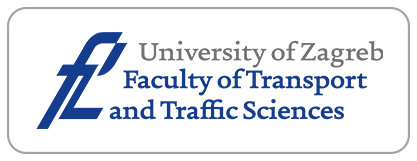A Passenger Flow Routing Model for High-speed Railway Network in Different Transportation Organization Modes

Downloads
Reasonable selection of passenger flow routes considering
different transportation organization modes can meet
the demands of adapting to large-scale high-speed railway
networks and improving network efficiency. Passenger flow
routing models are developed to find and optimize a set
of passenger flow routes for a high-speed railway network considering different transportation organization modes. In this paper, we presented a new approach minimizing the operating costs, including traveling cost, cost of travel time differences between different lines, and penalties for the inter-line. The network was reconstructed to solve the directed graph with four nodes (node-in-up, node-in-down, nodes-outup, and nodes-out-down) indicating one station. To tackle our problem, we presented an integer non-linear programming model, and direct passenger demand was guaranteed owing to volume constraints. Binary variables were introduced to simplify the model, and the algorithm process was optimized. We suggested a global optimal algorithm by Lingo 11.0. Finally, the model was applied to a sub-network of the Northeast China railway system. Passenger flow routes were optimized and the transportation organization mode was discussed based on passenger volume, traveling distance, and infrastructure.
Downloads
Feng F, Sun Q. Study on Transportation Organization for Shi- Tai Passenger Special Line [J]. Railway Operation Technology, 2006, 12(3): 5- 7.
Zhao P, Yang H. Study on Passenger Train Plans for Jing- Hu High- Speed Railway [J], Journal of Beijing Jiaotong University, 2006, 30(3): 5- 9.
Wang B, Yang H, Zhang ZH. The Research on the Train Operation Plan of the Beijing- Tianjin Intercity Rail way Based on Periodic Train Diagram [J]. Journal of the China Railway Society, 2007, 29(2): 8- 13.
Claessens M T, Van Dijk N M, Zwaneveld P J. Cost Optimal Allocation of Rail Passenger Lines [ J] . European Journal of Operational Research, 1998, 110: 474- 489.
Fu HL, Nie Lei, Yang H. Operation Plan for High- Speed Train Based on European Rail Timetable [J]. Journal of Beijing Jiaotong University, 2009, 33(3):45-51.
Japan Ministry of Land. Infrastructure, transport and tourism railway board, date railway 2009 [M]. Japan Tokyo: Wako planet Press, 2009.
Sun Q P, Feng X S, Bian K. Operation and Organization Management of High-speed Railway in Japan [J]. Journal of Transportation Systems Engineering and Information Technology, 2011, 11(5):11-16.
Yu X K. Methods on Train Operation Mode of High-speed Railway Passenger Train [D]. Chengdu: Southwest Jiaotong University, 2013.
Zhou P F. Research on the Cross-line Passenger Flows Transportation Modes on High-speed Railways [D]. Beijing: Beijing Jiaotong University, 2015.
Tong L. Passenger flow assignment theory and methods of the High-speed railway passenger transport service planning [D]. Beijing: Beijing Jiaotong University, 2013.
Tong L, Nie L, Fu H L. Research on Passenger Flow Assignment Method based on Complex Train Service Network [J]. Journal of the China Railway Society, 2012, 34(10):7-15.
Hu B S. Research on the technology of network construction based on train service plan and path search and the development of computer system [D]. Beijing: Beijing Jiaotong University, 2010.
Wang B H, He S W, Song R, et al. Stochastic Dependent-chance Programming Model and Hybird Genetic Algorithm for Car Flow Routing Plan [J]. Journal of the China Railway Society, 2007, 4:6-11.
Wang S. Theory and method of Passenger Train Planning for Rapid Passenger Transport Network [D]. Beijing: Beijing Jiaotong University, 2010.
Jing Y, Zhang X C, Gan T T. A Cross-Entropy Method for Solving Passenger Flow Routing Problem [J]. Advanced Materials Research, 2013, 756-759:3617-3621.
Kim S, Shekhar S, Min M. Contraflow Transportation Network Reconfiguration for Evacuation Route Planning [J]. IEEE Transactions on Knowledge & Data Engineering, 2008, 20(8):1115-1129.
Chun-Ping H U, Mao B H, Zhu Y T, et al. Optimization Method of Passenger Flow Routing Problem [J]. Journal of Transportation Systems Engineering & Information Technology, 2014, 14(2):158-161.
Claessens M T, Dijk N M V, Zwaneveld P J. Cost optimal allocation of rail passenger lines [J]. European Journal of Operational Research, 1998, 110(3):474-489.
Schöbel A, Scholl S. Line Planning with Minimal Transfers [J]. 2005.
Anita Schöbel. Customer-oriented Line Planning [D]. Georg-August University, Göttingen, Germany, 2006.
Fu H L, Nie L, Yang H, et al. Research on the Method Optimization of Candiate-Train-Set Based Train Operation Plans for High-speed Railways [J]. Journal of the China Railway Society, 2010, 32(6):1-8.
Fu H, Nie L, Meng L, et al. A hierarchical line planning approach for a large-scale high speed rail network: The China case [J]. Transportation Research Part A Policy & Practice, 2015, 75:61–83.
Zhou P F. Research on the Cross-line Passenger Flows Transportation Modes on High-speed Railways [D]. Beijing: Beijing Jiaotong University, 2015.




















